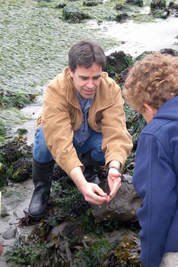 On Fidalgo Island there is a hidden gem. Banked on the Guemes Channel, secluded by a neighborhood and camouflaged by a forest of large trees is Western Washington University’s Shannon Point Marine Center, an instructional and research center for programs in marine sciences. The marine lab, located in Anacortes, is a resource for teaching and research, their Mission Statement: Educating leaders in science, education, policy, and stewardship through experiential learning integrated with innovative marine and environmental scientific research. It is here where we met with Brian Bingham, Professor of Environmental Sciences at Western Washington University, Bellingham, WA. “The real advantage of a marine lab is you can get people on site and get their hands wet, you can get them out in the field,” Brian said. Brian’s job description encompasses a variety of tasks mentoring, sitting on committees, pushing paperwork, writing grants, doing research, and teaching. And he enjoys every part of it. “I just love what I do,” Brian said. Brian is in the ideal teaching situation, he teaches in the classroom, the lab, and in the field. They say variety is the spice of life and Brian’s job has plenty of variety. “I can’t think of anything that would be better than what I am doing here. I’m where I want to be. I can’t conceive of anything that would be more fun,” Brian said. Brian teaches an invertebrate class, taking students out to various habitats in the area where they can study the animals in their environment, how they act in their habitats, where they live, how they behave. The format of Brian’s classes is a little different. His invertebrate class is 8-5 on Friday, but is not always in the “classroom.” They may go to Friday Harbor one day and study the animals in their habitat. Wintertime the low tides are often in the middle of the night, so he may have students out late at night. In the summer his students can be found snorkeling in the frigid waters along local beaches during low tides. They often bring the animals into the flow-through laboratory, put them under a microscope, watch them and identify them. They may take instruments out on the boats to deploy and collect data. It is truly a hands-on marine lab. “You have to see the animals, see where they are. You have to touch them,” Brian said. Another class that Brian teaches is a stat class – statistics. Typically a stat class is done on a computer, pushing numbers around. Not something that sounds too exciting. But in Brian’s stat class, students go out in the field and collect real data, or they are in the lab with shrimp, crabs, snails. “It makes it a lot more fun, more hands on, less theoretical,” Brian said. The average class size is twenty to twenty-five students. There is a lot of interaction between students and the instructors. They get to know them pretty well. Brian works with a remarkable group of people who are invested in the students and want to help them succeed. It was around third grade when Brian’s family went out to the Oregon coast. The trip coincided with the lowest tide of the decade and Brian was enthralled. He was from the deserts of Idaho and seeing the amazing life exposed by the low tide, he just knew this was something he wanted to do. As a kid, his ‘original’ plan was to be a dentist. He went off to college to major in chemistry. At the time chemistry majors had the best chance of being accepted into dental school. In his senior year things changed. Brigham Young University had a small marine science program and Brian had an opportunity to go to Friday Harbor where he took classes and did research through the University of Washington’s marine lab. “I just started to see how stunningly beautiful invertebrates are,” Brian said When he really thought about what he wanted to do with his life he realized…“I love the animals, I love the ocean.” He came to his senses and changed his major to zoology. He went for his Masters, and then went for his PhD at Florida State University. Brian was hired straight out of college at Western Washington University. Originally, he was hired to start a diversity outreach program. The National Science Foundation was concerned with the low diversity among students pursuing careers in the sciences. They addressed this by funding a program at Western Washington University to expose students from minority backgrounds to marine science. and Brian was hired to develop and administer the program This was Brian’s dream job. “I was thrilled, I couldn’t think of any place I would rather be.” Brian has brought in new students every year from all over the country. The program has received national attention and an award from the White House for the success of the students who have gone through it. Twenty-seven years later… Today, Brian and his students are studying ocean acidification and symbiosis, the shared existence or shared life of two different organisms, part animal and part plant, such as, corals. “There is so much life out there that continues to startle you as you learn more about it. It’s just fun,” Brian said. Brian’s love of the small animals started many years ago. While an undergraduate at Friday Harbor, he met Eugene Kozloff, a marine biologist, botanist and naturalist. Eugene introduced Brian to a Tardigrade, one of the most resistant life forms on the planet, and microscopic. “There are so many different groups of animals. As things get smaller, theway they are put together and the way they function change. Small animals provide a perfect opportunity to teach about adaption, different body structures, and different life strategies. There is a whole world of different animals even amongst the sand grains. “My goal in teaching is to get students really excited about the topic. They don’t forget that. When you get them excited, you know you’ve succeeded.” The students receive lots of information, but the reality is, over time, they will forget that information. But if they get excited, they will remember better, do more, understand more, and continue to learn on their own. “I have fun and I love being with students and seeing them catch that vision and get excited." One of Brian’s most exciting memories was a beautiful night at Point George on Shaw Island while he was working at Friday Harbor. He was studying sea cucumbers, comparing their behaviors during the day and night. It was late and and he and his dive partner had dived down to about 60 ft to count sea cucumbers T water was inky black and dark. As they were working, Brian started to hear squeaks, pops, and chirps. It suddenly dawned on him that they were surrounded by a pod of killer whales (orcas). His sense of wonder was quickly replaced by a realization that, in the darkness, dressed in black with fins on their feed, they probably looked a lot like seals. They immediately surfaced and scrambled back into the boat. They later realized that the visitors were a pod of the local whales, which don’t eat seals, that resides in the San Juan Islands. They were just curious. The experience was surreal. “This is fun, I really enjoy it. As long as they will let me, I will keep doing it.” That day on the beach as a kid… “One of the things I remember most from that trip was the great big green sea anemones. My dad offered me a quarter if I would stick my finger in one.” I refused. I was terrified. Now that is exactly what I am studying. I guess you could say I came full circle and my dad owes me some money,” Brian laughed. The small things…
1 Comment
9/14/2017 11:57:26 pm
I know Brain as a friend and I can tell you there is none
Reply
Your comment will be posted after it is approved.
Leave a Reply. |
AuthorShort Stories of passion, of life, of people. Archives
September 2019
Categories
All
|
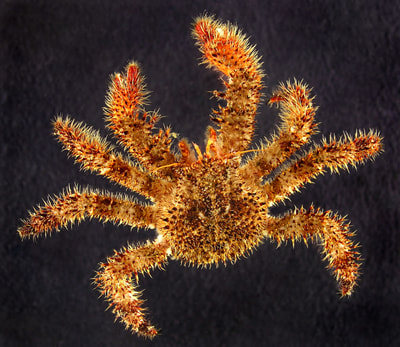
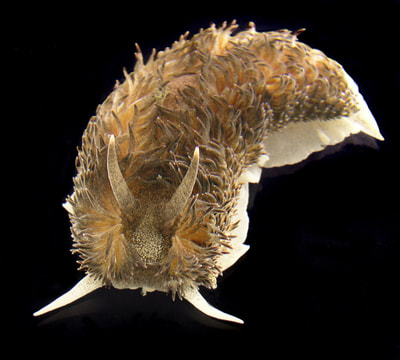
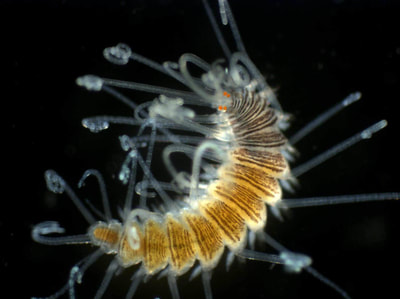

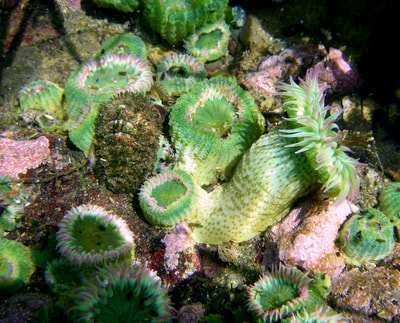
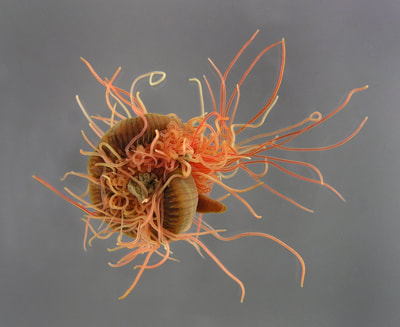
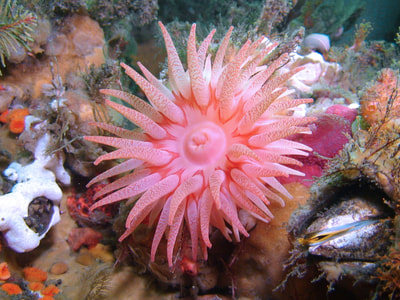
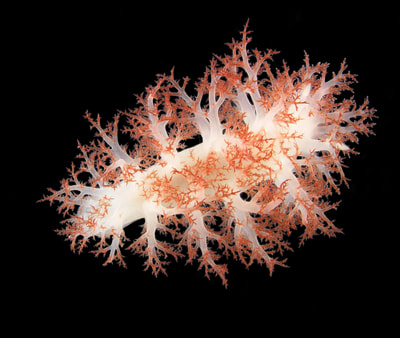
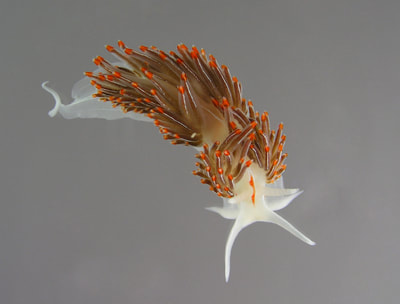
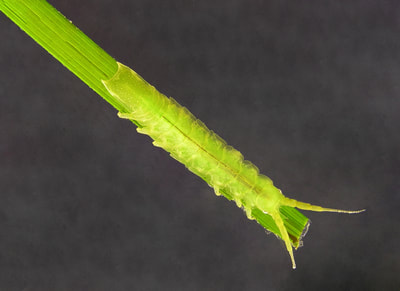
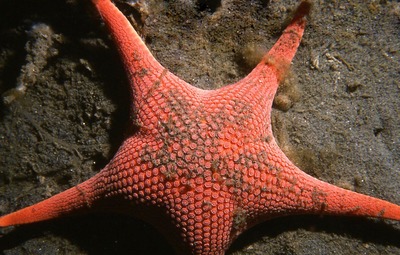
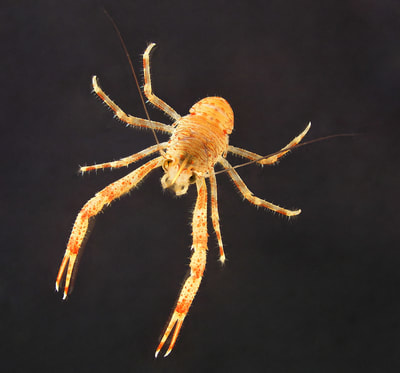
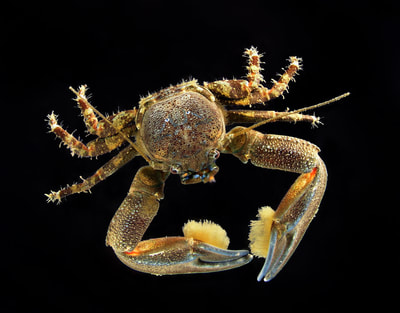
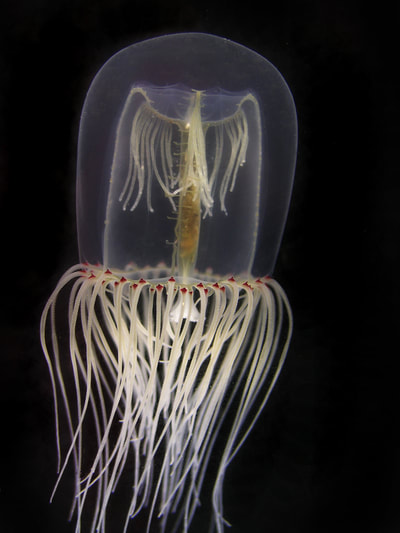
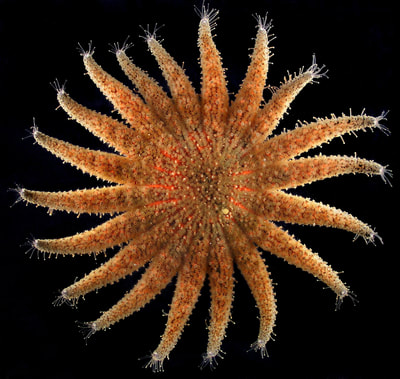
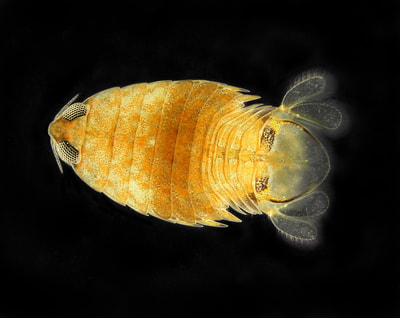
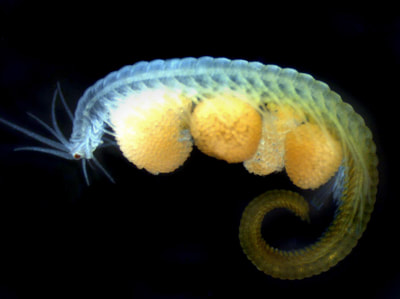
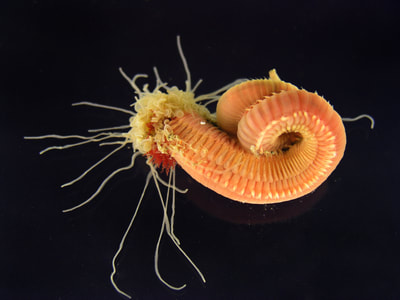
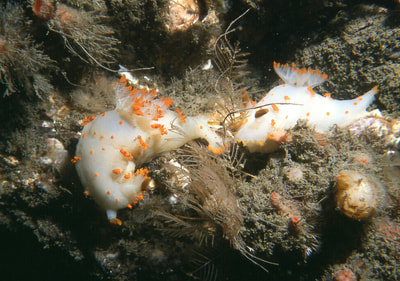
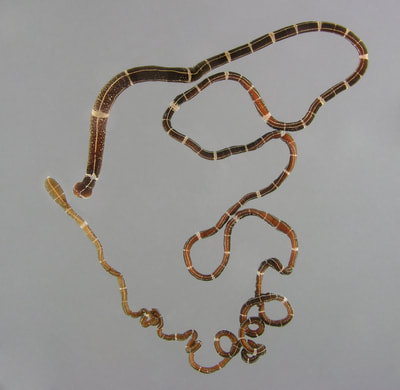

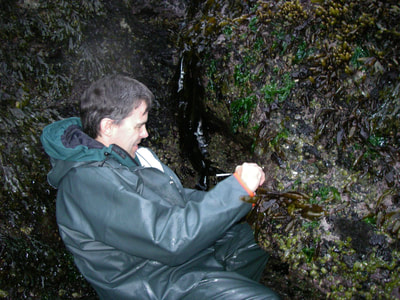
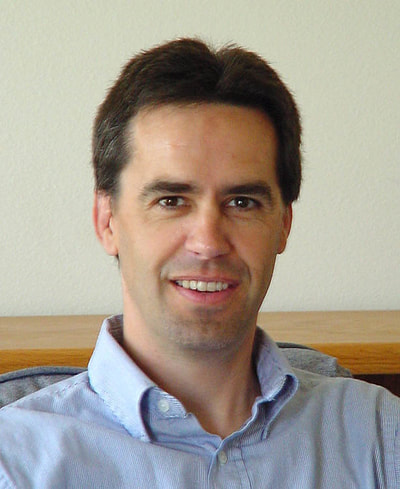
 RSS Feed
RSS Feed
